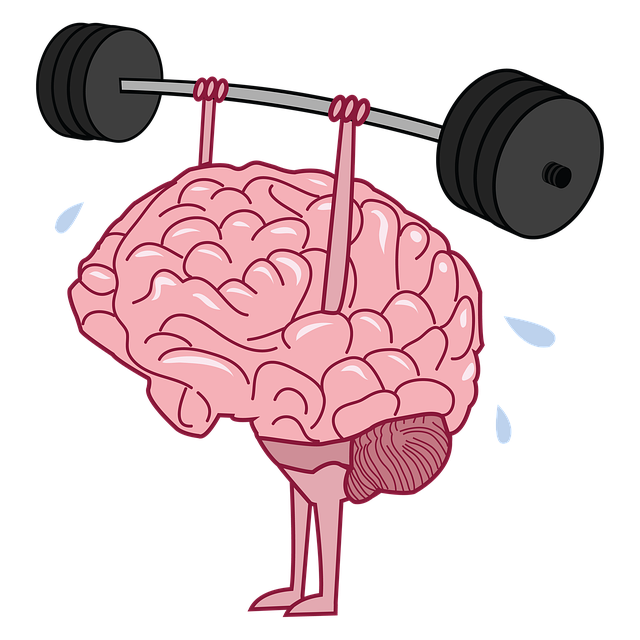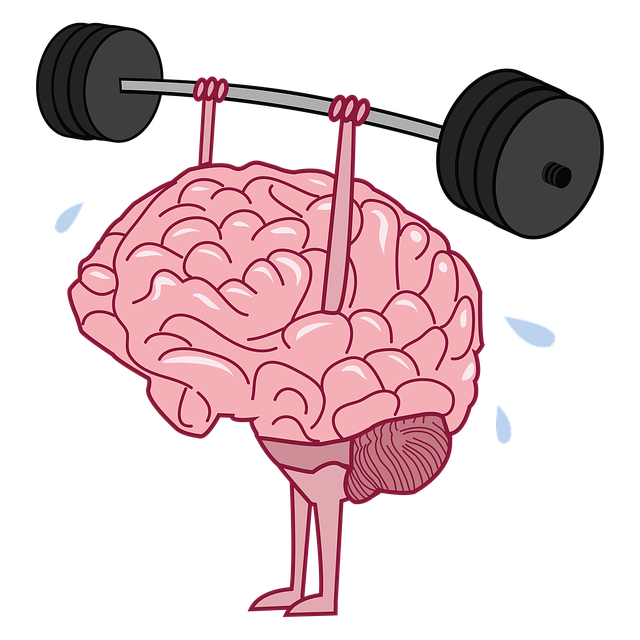Englewood American Sign Language Therapy (EASLT) offers a unique approach to emotion regulation by teaching individuals to express and manage their feelings through ASL, addressing universal yet culturally diverse emotional experiences. Their tailored methods enhance emotional intelligence, mindfulness, and coping strategies, while integrating social skills training for stronger interpersonal connections. Backed by research in mental health risk management, EASLT empowers clients with tools for improved emotional regulation, leading to enhanced well-being and community acceptance of deaf individuals' emotional expression. Through case studies, successful outcomes, and community outreach, EASLT demonstrates the tangible benefits of their innovative therapy models.
Emotion regulation techniques are essential tools for managing internal states, particularly for deaf individuals navigating a complex world. This article explores the vital role of Englewood American Sign Language (ASL) therapy in teaching self-awareness and emotional control. We delve into identifying triggers, understanding emotional patterns, and discovering effective strategies to manage and modulate feelings. Through case studies and success stories, we demonstrate how ASL therapy empowers individuals to thrive by harnessing their emotional intelligence.
- Understanding Emotion Regulation: The Role of Englewood American Sign Language Therapy
- Identifying Emotional Triggers and Patterns
- Techniques to Foster Self-Awareness in Deaf Individuals
- Strategies for Managing and Modulating Emotions
- Practical Application: Case Studies and Success Stories
Understanding Emotion Regulation: The Role of Englewood American Sign Language Therapy

Understanding emotion regulation is a pivotal step in enhancing mental health and overall well-being. Englewood American Sign Language Therapy (EASLT) offers a unique perspective on this process by focusing on the power of communication and expression through sign language. This therapeutic approach recognizes that emotions are universal, but their manifestation and interpretation can vary across cultures and languages. By teaching individuals to articulate and manage their feelings using ASL, EASLT facilitates a deeper understanding of emotional experiences and fosters more effective coping strategies.
The integration of ASL in emotion regulation techniques goes beyond simple communication; it empowers individuals to engage in social skills training, enhancing their ability to interpret and respond to the emotions of others. This aspect is crucial for building strong interpersonal connections and improving overall mental health, as supported by research on risk management planning for mental health professionals. Additionally, the non-verbal nature of ASL encourages mindfulness and emotional healing processes by promoting a more intuitive understanding of one’s internal state.
Identifying Emotional Triggers and Patterns

At Englewood American Sign Language Therapy, we recognize that understanding emotional triggers and patterns is a cornerstone of effective emotion regulation. Our therapists work closely with individuals to identify specific situations, people, or events that consistently evoke strong emotional responses. By meticulously analyzing these triggers, we can help clients develop more nuanced awareness of their feelings and reactions. This process involves delving into personal history, recognizing recurring emotional patterns, and identifying early warning signs—a crucial step in managing moods and mitigating intense emotional episodes.
Through tailored interventions, we guide individuals to navigate and respond to these triggers differently. By fostering a deeper connection with their emotions, clients gain valuable tools for self-soothing, stress reduction, and improved overall mental well-being. This proactive approach, supported by ongoing research in mood management and risk assessment for mental health professionals, empowers people to better regulate their emotional experiences, leading to enhanced public awareness campaigns development and a more balanced life.
Techniques to Foster Self-Awareness in Deaf Individuals

Teaching emotion regulation techniques to deaf individuals requires tailored approaches that cater to their unique needs and communication methods. Englewood American Sign Language (ASL) Therapy offers a specialized framework for enhancing self-awareness, a cornerstone in managing emotions effectively. Through personalized ASL therapy sessions, professionals can help individuals develop a deeper understanding of their feelings and triggers. This involves learning to recognize facial expressions, body language, and subtle signs within the sign language itself, all of which contribute to increased emotional intelligence.
Building confidence is integral to this process. Public awareness campaigns focused on mental health and ASL can foster an environment that encourages open dialogue about emotions. By promoting self-care practices specifically designed for deaf communities, individuals gain valuable tools to navigate and express their emotional states. These strategies not only empower them but also contribute to a broader understanding and acceptance of emotional regulation within the deaf community.
Strategies for Managing and Modulating Emotions

Managing emotions effectively is a crucial skill, and teaching individuals, especially those within diverse communities like Englewood American Sign Language Therapy, to regulate their emotions can significantly impact their overall well-being. This process involves a range of strategies tailored to each person’s unique needs. One effective approach is helping individuals identify and label their emotions, enabling them to gain self-awareness, a fundamental aspect of emotional intelligence. Through Self-Awareness Exercises, people learn to recognize triggers and patterns associated with specific feelings.
Additionally, Public Awareness Campaigns Development plays a vital role in normalizing conversations about emotion regulation, reducing stigma, and providing accessible resources for those seeking support. Incorporating various techniques like mindfulness practices, cognitive restructuring, and relaxation strategies allows individuals to modulate their emotional responses constructively. These skills are valuable not only for personal growth but also for improving relationships and overall mental health, as highlighted in the Mental Health Policy Analysis and Advocacy discussions, emphasizing the need for inclusive education and support systems.
Practical Application: Case Studies and Success Stories

At Englewood American Sign Language Therapy, we’ve witnessed firsthand the transformative power of teaching emotion regulation techniques. Our approach blends innovative therapy methods with practical application, drawing from case studies and success stories that highlight the effectiveness of our programs. For instance, many clients have successfully navigated challenging situations, such as managing intense emotions during stressful events or conflicts in personal relationships, through tailored compassion cultivation practices.
Through our Community Outreach Program Implementation, we’ve expanded these services to a broader community, addressing not only individual needs but also fostering a supportive environment that reduces the mental illness stigma. These efforts have led to notable improvements in clients’ emotional resilience and overall well-being, demonstrating the real-world impact of teaching emotion regulation techniques.
The Englewood American Sign Language Therapy approach to emotion regulation techniques has proven to be a valuable tool for deaf individuals, empowering them to navigate their emotional experiences with greater understanding and control. By integrating sign language into therapy, this method facilitates self-awareness and effective emotion management strategies tailored to the unique needs of the deaf community. With successful case studies in hand, it’s clear that teaching emotion regulation skills can significantly improve the overall well-being and quality of life for deaf folks, ensuring they have the resources to thrive in their personal and professional endeavors.













